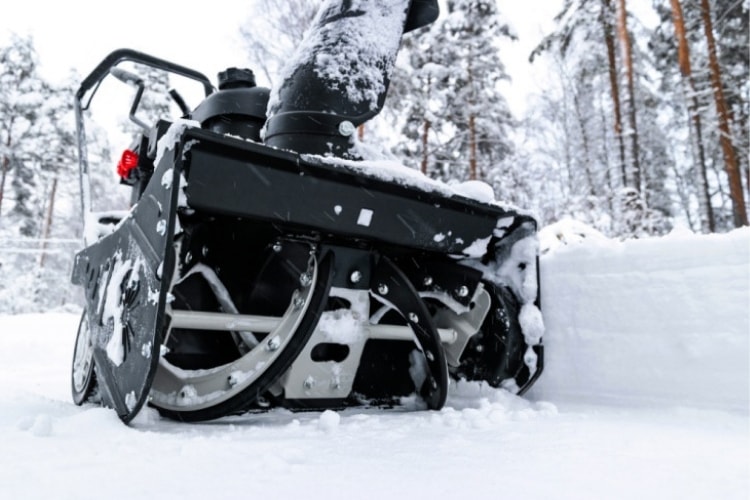Why You Need Fuel Stabilizer for Your Snow Blower
If you live in an area that gets a lot of snow, you probably have a snow blower that helps save your sanity during the winter. And the minute it’s clear that the snow is on its way out and spring is here to stay, you’re probably relieved to put your snow blower in storage for a while! But before you do that, make sure you treat the gas with fuel stabilizer to protect important parts from damage during storage. If you’re not familiar with fuel stabilizer, take a look at what it does and why it’s so important to use before you store your snow blower.

What Happens to Untreated Gas Over Time?
Let’s say you just store your snow blower with a full tank of gas and forget about this piece of equipment until the first snowfall of the season. What’s likely to happen to it? Well, if you use regular fuel from the gas station, it has ethanol in it. After the gas sits there for over a month without being used, the ethanol in it will mix with any small amount of water that may be in the tank.
At that point, it becomes corrosive and begins to clog the surrounding parts, including the carburetor. So the next time you try to use your snow blower – months after you put it in storage – you’ll likely find it won’t start at all. And even if it does, you might have trouble keeping it running, or find that it just doesn’t sound right. Don’t risk permanently damaging your snow blower, unless you want to be left wondering how to take care of your snow problem without your favorite piece of winter power equipment!
How to Avoid Damaging Your Snow Blower While It’s In Storage
So now you know that simply leaving gas in the tank of your snow blower isn’t a good idea. Does that mean you have to drain the tank before you store it then? Not at all. If you like the idea of having your snow blower ready to go right when you need it, you’ll want to leave gas in it. Just make sure you treat it with fuel stabilizer first.
More specifically, you should treat the gas just before you fill the tank. Don’t wait days or weeks to do it, as fuel stabilizer works best with fresh fuel. And certainly don’t wait months, since gas really starts to go bad after about 30 days if you haven’t treated it with any fuel additivesOpens a new window. Of course, you don’t exactly bring your snow blower to the gas station. Instead, bring a gas can to the station to fill up, and then fill up the snow blower’s tank at home.
So if you’re planning to add fuel stabilizer to the gas you’ll put in the snow blower, just add it to the gas can when you fill up at the gas station. This way, you can be sure the gas you pour into your snow blower was already treated when it was as fresh as possible.
Once you pour the gas into the snow blower’s tank, just run the engine for a few minutes to ensure it circulates throughout the system, and you can rest assured it will have the protection it needs for up to one year! You can get more tips on safely storing this winter power tool when you read this: Checklist for Storing Your Snow Blower.Opens a new window And if you’re ready to add fuel stabilizer to your snow blower’s tank, STA-BIL Fuel StabilizerOpens a new window should be just the product you need.





